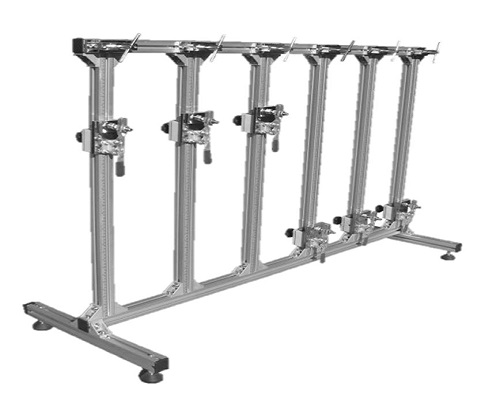
How to use Fabric Tensile Tester
2025/01/09
Standards:
ASTM D3107 Standard Test Methods for Stretch Properties of Fabrics Woven from Stretch Yarns. ASTM D2594 Standard Test Method for Stretch Properties of Knitted Fabrics Having Low Powder

Operation:
The operation of fabric tensile testing machines typically involves the following steps:
- Sample Preparation: Prepare fabric samples of appropriate size and shape according to the requirements of the testing standard. Ensure that the samples are free of wrinkles, creases, or damage and represent the overall performance of the fabric.
- Sample Installation: Clamp the sample in the jaws of the machine, ensuring that it remains straight and without significant stress concentration during stretching.
- Parameter Setting: Set the machine parameters according to the testing standard or actual needs, such as tensile speed and jaw spacing.
- Test Initiation: Start the machine to begin applying gradually increasing tensile force. Observe the stretching process of the sample until it fractures or reaches the predetermined testing conditions.
- Data Recording: Record data during the test automatically or manually, including load-elongation curves, breaking load, and breaking elongation.
- Data Analysis: Analyze and process the collected data to evaluate the tensile properties of the fabric.
Please note that specific operation steps may vary depending on the model and manufacturer of the testing machine. Therefore, before conducting tests, it is important to carefully read the machine's user manual and operate according to its instructions.
As a modern technology enterprise integrating R&D, manufacturing, sales, training, and services, Standard International Group (HK) Limited is committed to delivering more testing instruments to the market, providing testing instruments for textiles, leather, combustion, automotive interior and exterior trims, material environmental climate aging, etc., and non-standard customization is also acceptable. Targeted tests can be carried out according to customer requirements before purchase to ensure that the purchased instruments are applicable.
Previous: Performance of universal wear resistance tester
N e x t : Introduction of Electronic Twist Tester



